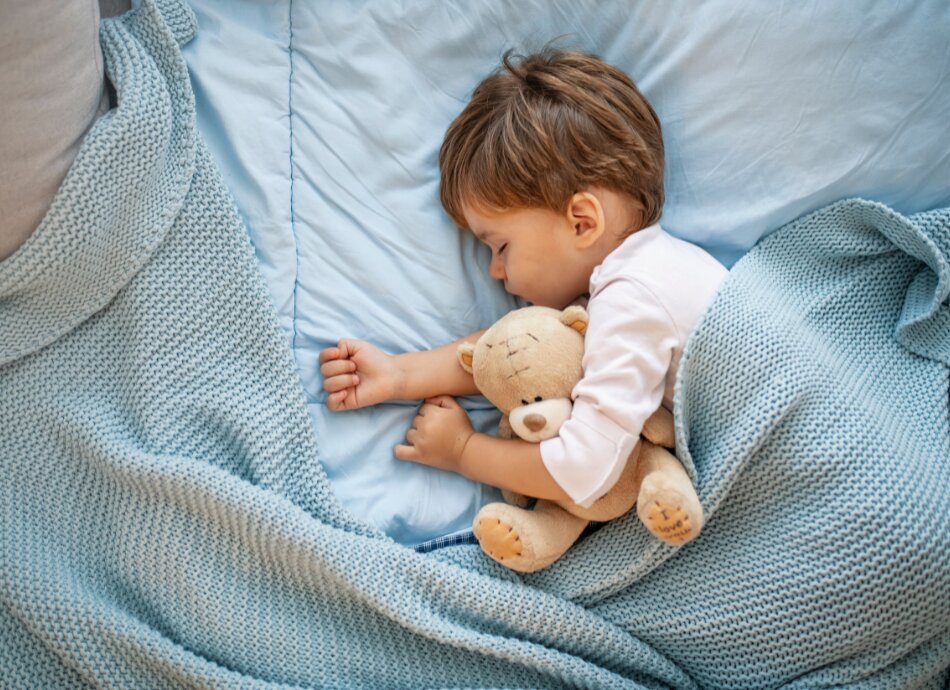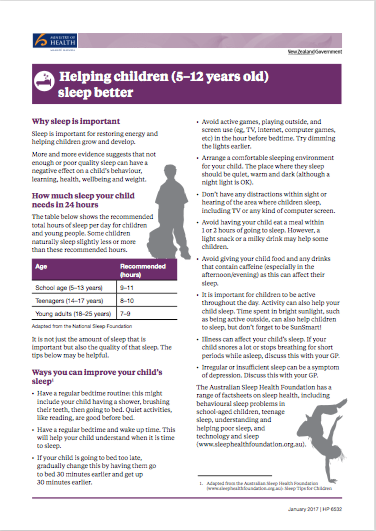Where possible, be consistent about your child going to sleep in the same place – don’t put them to sleep somewhere else and move them to their own bed later as this can be confusing for them when they wake up.
There are lots of cultural and practical variations about where children are best to sleep; the most important things are having a consistent and safe space. If you find that where your child is sleeping is different from most people you know, or it’s causing disruption in your family routine, you might wish to seek advice from a local professional you trust (eg, a Plunket nurse).
The following behaviours are common. You can help teach your child to change these habits so that they get a good night’s sleep every night. If your child has a sleep problem or condition, find out about other strategies.
Getting out of bed at bedtime
If your child can’t settle and comes out of their bed, stay calm and quiet, and take them back to bed. Get them to lie down and tell them to go to sleep and leave again. You can go back into the room on and off, for a short time. You may need to do this over and over. Each time, spend longer and longer out of the room. If it is more culturally appropriate for your child to sleep in your bed, these same steps can also apply to help them learn to fall asleep on their own.
Getting into your bed during the night
If you would like your child to be sleeping in their own bed and they come to your bed during the night, take them back to their own bed each time. Remember to remind them at bedtime that you expect them to stay in their own bed all night. Praise them in the morning when they do.
If your child is distressed about sleeping away from you, consider making a bed for them temporarily on the floor in your room so they can come and be close to you if they are scared (i.e. they still will have the consistency of sleeping in their own bed). Encourage them to sleep in their own bed but let them know there is a safe place they are welcome to come to if they need it.
Being scared of the dark
Reassure them that they are safe. Taking a soft toy to bed for comfort can help them feel less alone if they wake in the night. A small dim nightlight can also help. Be aware of what your child is reading and watching. Some children are more sensitive than others to intense or scary content and being exposed to this can lead to fear of the dark.
Bed wetting
Bed wetting at night is common with young children. However, most children will grow out of it. Treatment programmes are available for a child who has continued bed wetting. Find out more about bed wetting.







